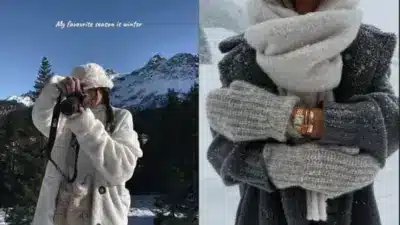Watercolor painting is a popular art form that uses watercolor paints to create beautiful and vibrant images. It is a versatile medium that can be used to create a wide range of effects, from soft and delicate washes to bold and dramatic strokes. Watercolor techniques can be used to create a variety of effects, from realistic landscapes and portraits to abstract and experimental works of art.

One of the key aspects of watercolor painting is the use of water. Water is used to dilute the paint, creating a range of tones and shades. Different techniques can be used to control the amount of water in the paint, allowing the artist to create a variety of effects. For example, wet-on-wet techniques involve applying wet paint to a wet surface, creating a soft and blended effect. Dry-brushing techniques involve using a dry brush to apply paint to a dry surface, creating a more textured and layered effect.

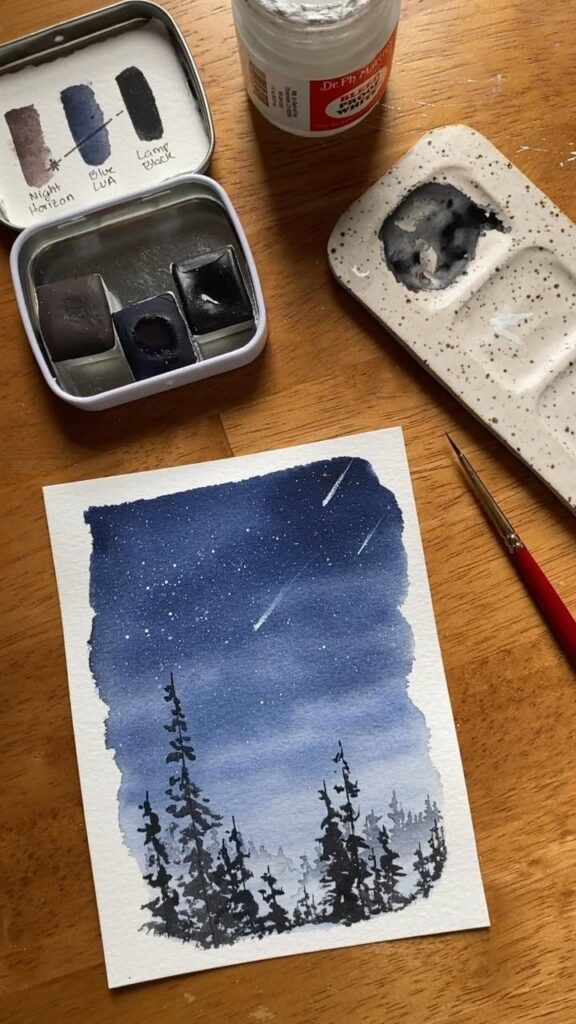
Whether you are a beginner or an experienced artist, there are many different watercolor techniques that you can use to create stunning works of art. By experimenting with different techniques and materials, you can develop your own style and create unique and beautiful paintings that reflect your personality and creativity. So why not join a watercolor art, design, photography, or drawing club and start exploring the world of watercolor painting today?
Understanding Watercolor Basics

Watercolor painting is a medium that uses pigments suspended in a water-based solution. Understanding the basic characteristics of watercolors is crucial to mastering this medium.
One of the most important factors in watercolor painting is the amount of water used. Watercolor paints are transparent, which means that the more water used, the lighter the color will appear. Conversely, using less water will result in a darker, more saturated color.
Another important aspect to consider when working with watercolors is the type of paper used. Watercolor paper is thicker and has a rougher texture than regular paper, allowing it to absorb and hold more water. This is important because using too much water on regular paper can cause it to warp and buckle.
When selecting brushes, it is important to choose a good-quality brush that will hold a point and not lose its shape. Synthetic brushes are a good option for beginners as they are more affordable than natural hair brushes.

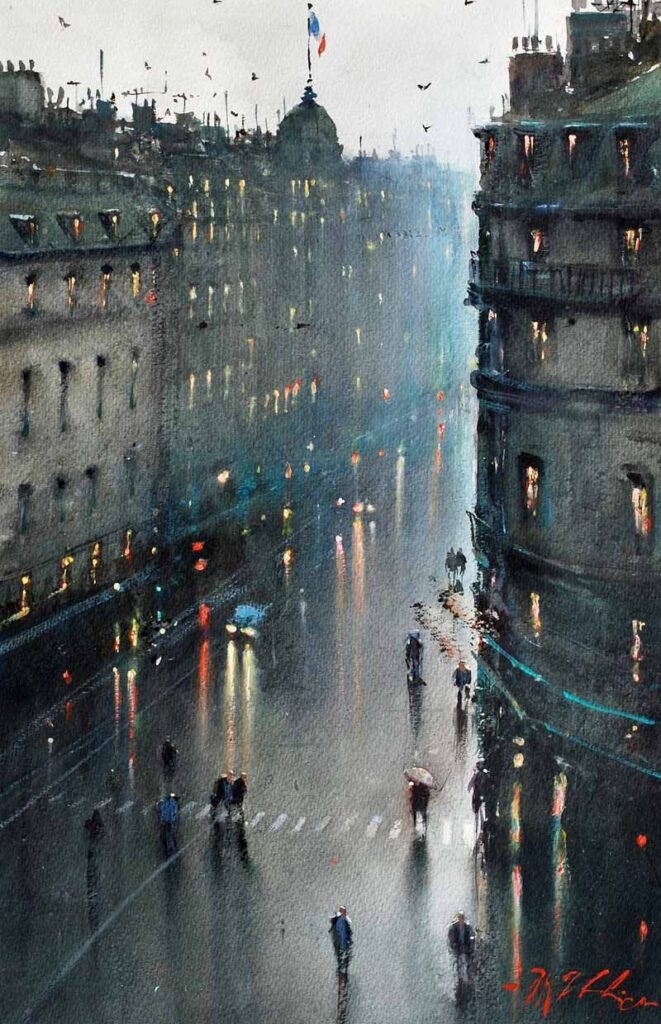
There are many techniques that can be used in watercolor painting, including wet-on-wet, dry brushing, and glazing. Wet-on-wet involves applying wet paint to a wet surface, which allows the colors to blend and bleed into each other. Dry brushing involves using a brush with very little water to create texture and detail. Glazing involves layering thin washes of color on top of each other to create depth and richness.
When working with watercolor paints, it is important to use high-quality pigments. Cheaper paints may contain fillers and additives that can affect the color and longevity of the paint.
Overall, understanding the basics of watercolor painting is essential to creating successful works of art. By selecting the right supplies and techniques, artists can create beautiful and expressive pieces that showcase the unique characteristics of this medium.
Choosing Your Materials

When it comes to watercolor painting, selecting the right materials can make a significant impact on the final outcome of your artwork. Here are some essential materials to consider:
Watercolor Paper
Watercolor paper is specifically designed for watercolor painting. It is available in various textures, including hot press and cold press. Hot press paper has a smooth surface, while cold press paper has a rougher texture.

The texture of the paper affects the way the paint is absorbed and how it appears on the paper. It is recommended to use high-quality watercolor paper to achieve the best results.
Brushes
Watercolor brushes come in different shapes and sizes. The most commonly used brushes for watercolor painting are round brushes.
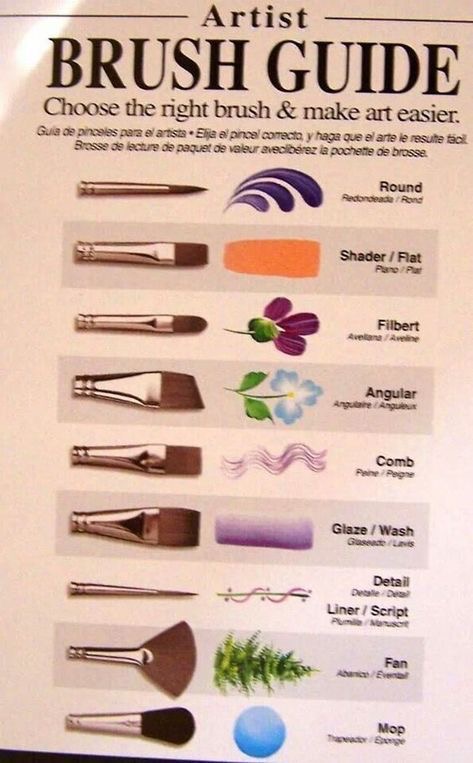
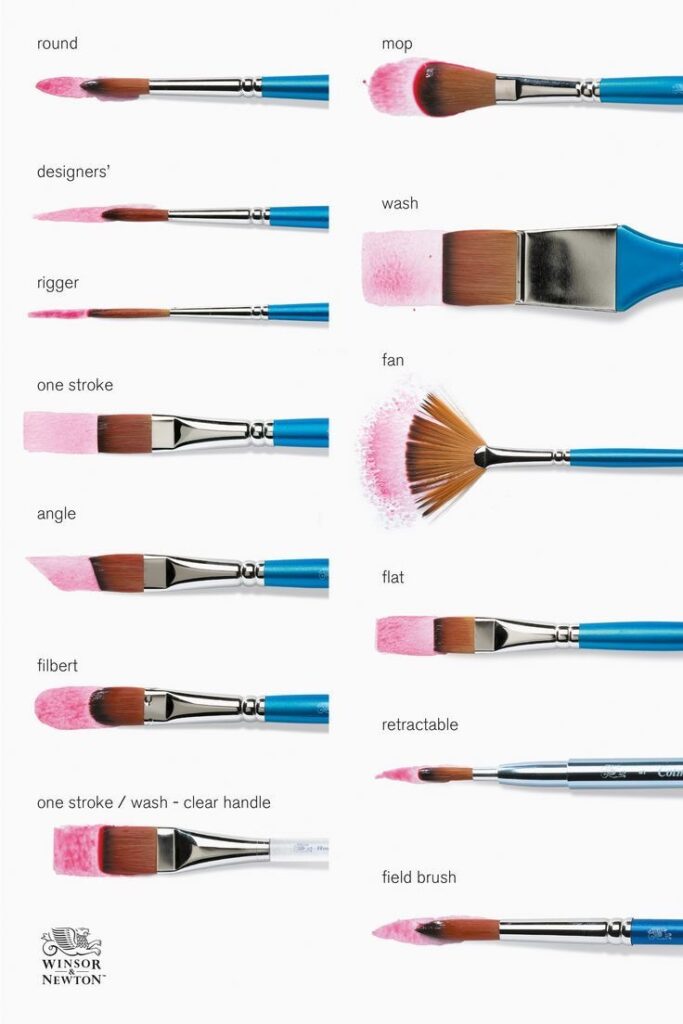
They are versatile and can be used for various techniques. It is recommended to invest in high-quality brushes that can hold enough water and paint for smooth strokes.
Watercolor Paint
Watercolor paints come in different forms, including tubes and pans. They are available in various colors and qualities. It is recommended to use professional-grade watercolor paints for the best results.

They have higher pigment concentration, which results in more vibrant colors and better lightfastness.
Masking Fluid
Masking fluid is a liquid material used to preserve areas of the paper that the artist does not want to paint over. It is applied to the paper using a brush or other applicator.
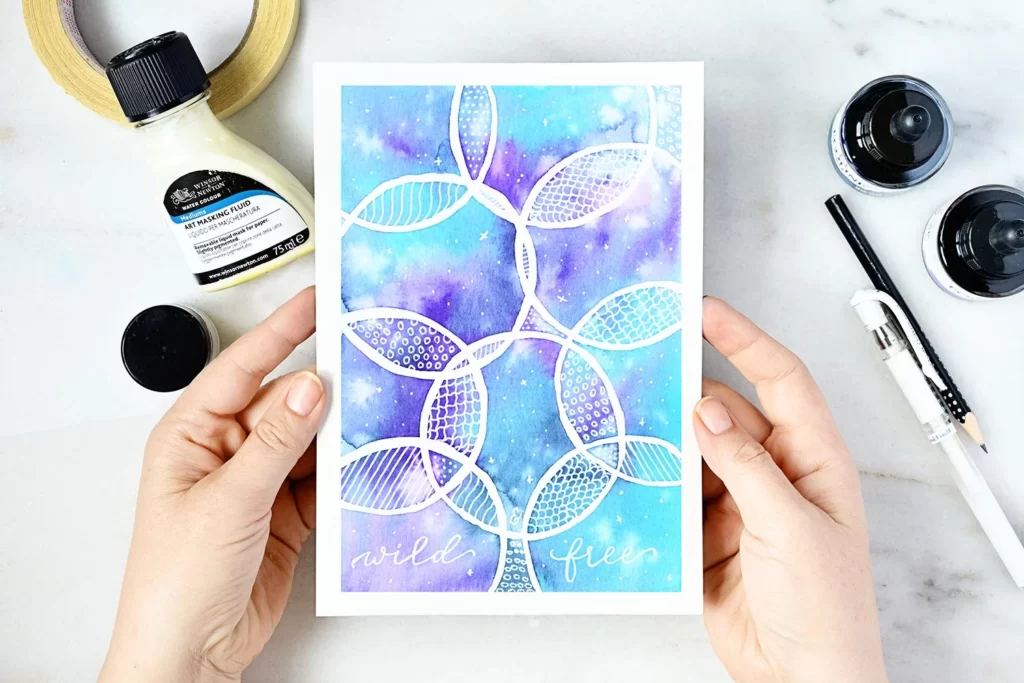
Once it dries, it creates a barrier that prevents the paint from seeping through.
Masking Tape
Masking tape is used to create clean edges and borders in watercolor painting. It is applied to the paper before painting, and once the paint is dry, it can be removed without damaging the paper.
Salt
Salt is used to create interesting textures in watercolor painting. It is applied to wet paint, and as it dries, it absorbs the pigment from the paint, creating a unique texture.
Sponge
A sponge is used to create various textures in watercolor painting. It can be used to create clouds, foliage, and other natural textures.
Pencil
A pencil is used to sketch out the composition of the painting before applying the paint. It is recommended to use a light pencil to avoid leaving visible marks on the paper.
Spray Bottle
A spray bottle is used to wet the paper before painting. It can also be used to create interesting effects by spraying water over the wet paint.
Mixed Media
Mixed media refers to the use of different materials in watercolor painting. It can include collage, ink, and other materials to create unique effects.
Paper Texture
Paper texture refers to the surface of the paper. It affects the way the paint is absorbed and how it appears on the paper. It is recommended to experiment with different paper textures to find the one that works best for your style of painting.
Q-tip
A Q-tip can be used to create small details and textures in watercolor painting.
It is also useful for removing excess paint or correcting mistakes.
Fundamental Watercolor Techniques

Watercolor painting is a versatile medium that offers a wide range of techniques to create beautiful and unique artworks. Whether you are a beginner or an experienced artist, mastering the fundamental watercolor techniques is essential to create stunning paintings. In this section, we will discuss some of the most important techniques that every watercolor artist should know.
Wet-on-Wet Technique
The wet-on-wet technique involves applying wet paint onto a wet paper surface. This technique is great for creating soft, blended, and seamless color transitions.

To achieve this technique, wet the paper surface with clean water and then apply the paint onto the wet surface. This will allow the colors to blend and spread naturally on the paper.
Wet-on-Dry Technique
The wet-on-dry technique involves applying wet paint onto a dry paper surface. This technique is great for creating sharp edges, details, and textures. To achieve this technique, apply the paint onto a dry paper surface and allow it to dry before adding another layer or color.
Layering Technique
The layering technique involves building up layers of paint to create depth, texture, and dimension in a painting.

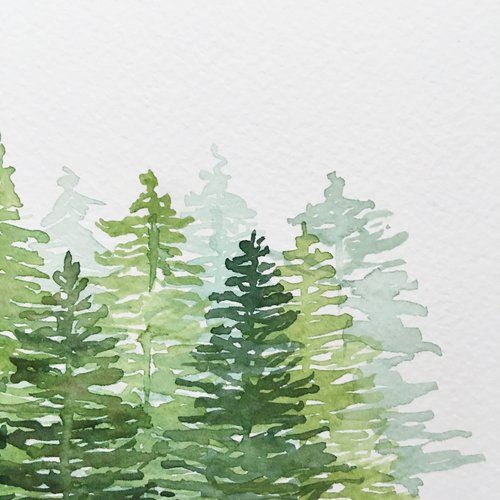
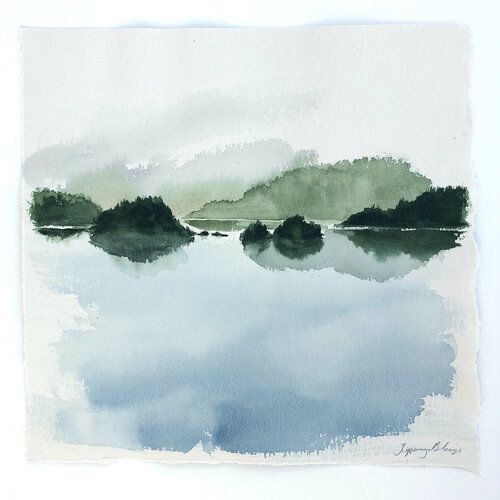

To achieve this technique, start with light washes of color and gradually build up the layers by adding more pigment and water. This technique allows the artist to create a range of values and tones in a painting.
Dry Brush Technique
The dry brush technique involves using a dry brush to create a rough, textured effect on the paper surface. This technique is great for creating textures, highlights, and details.
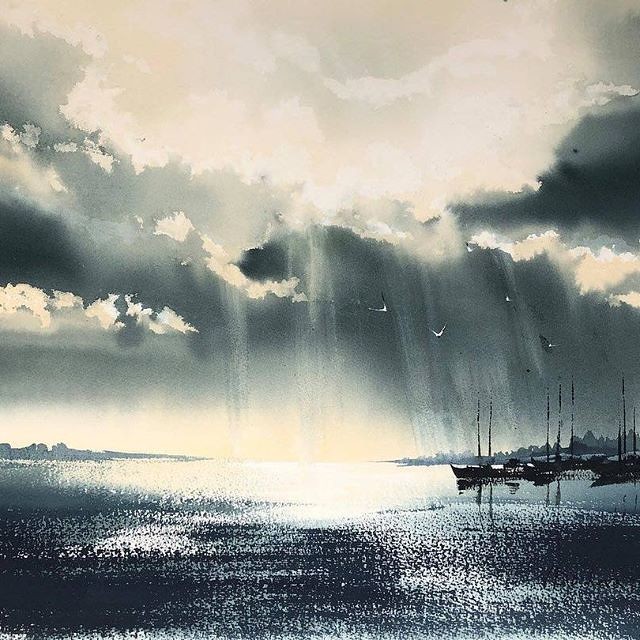
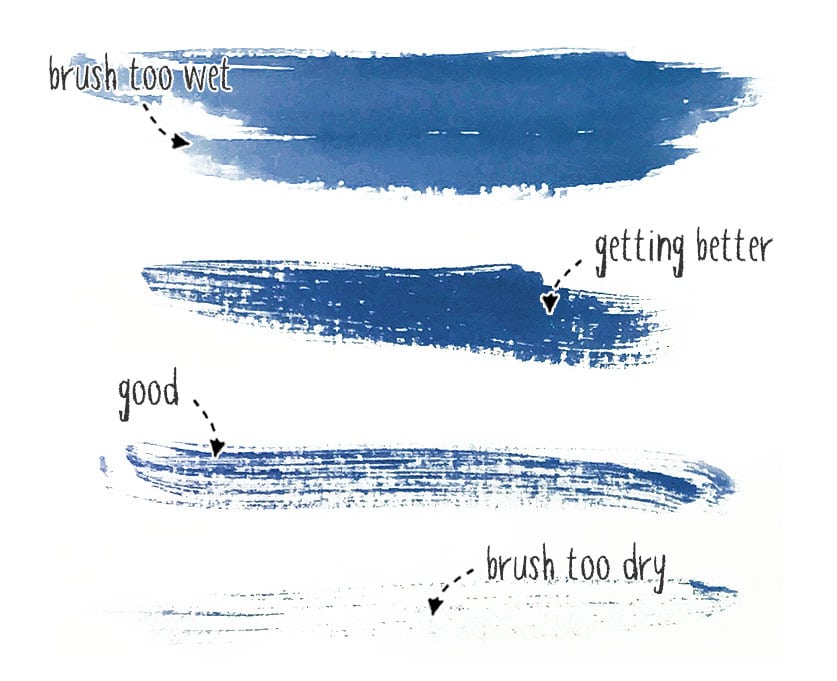
To achieve this technique, load the brush with a small amount of paint and then remove most of the water by dabbing it onto a paper towel. Then, drag the brush across the paper surface to create a dry brush effect.
Lifting Technique

The lifting technique involves removing paint from the paper surface to create highlights, textures, and details. To achieve this technique, use a clean damp brush or a paper towel to lift off the paint from the paper surface while it is still wet or damp. This technique allows the artist to create a range of effects and textures in a painting.
Graded Wash Technique
The graded wash technique involves creating a smooth transition of color from light to dark. To achieve this technique, start with a light wash of color and gradually add more pigment to create a darker tone.
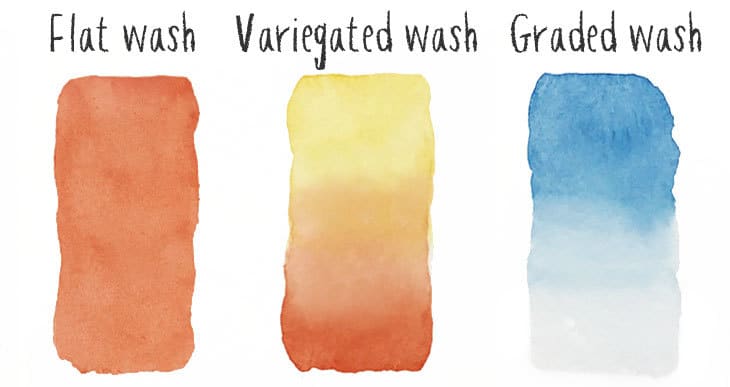
This technique is great for creating depth, volume, and dimension in a painting.
Dry Brush Technique
The dry brush technique involves using a dry brush to create a rough, textured effect on the paper surface. This technique is great for creating textures, highlights, and details. To achieve this technique, load the brush with a small amount of paint and then remove most of the water by dabbing it onto a paper towel. Then, drag the brush across the paper surface to create a dry brush effect.
Wet-on-Dry Technique
The wet-on-dry technique involves applying wet paint onto a dry paper surface. This technique is great for creating sharp edges, details, and textures. To achieve this technique, apply the paint onto a dry paper surface and allow it to dry before adding another layer or color.
Transparency Technique
The transparency technique involves creating a translucent effect by diluting the paint with water. This technique is great for creating a sense of depth, lightness, and transparency in a painting.
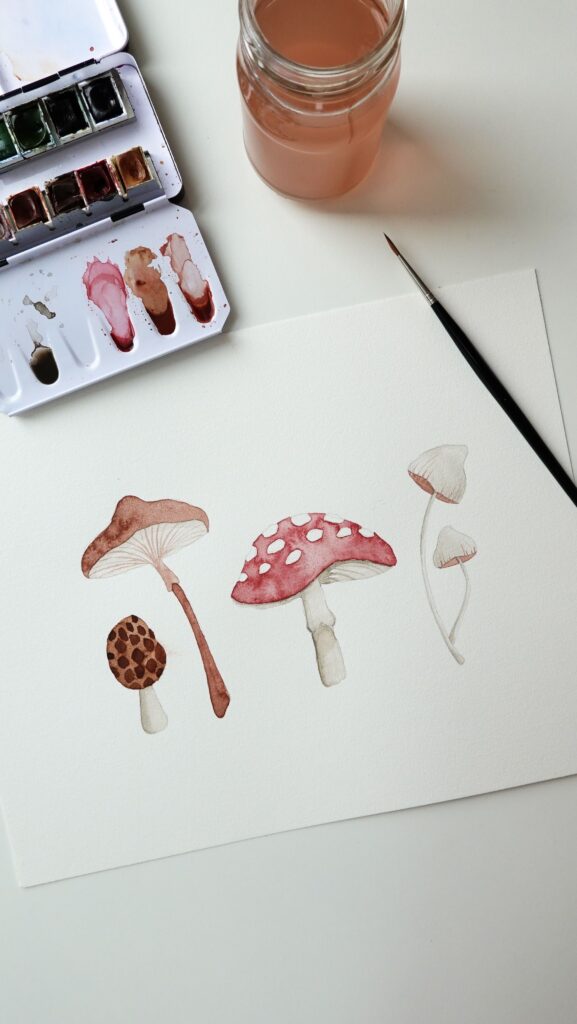
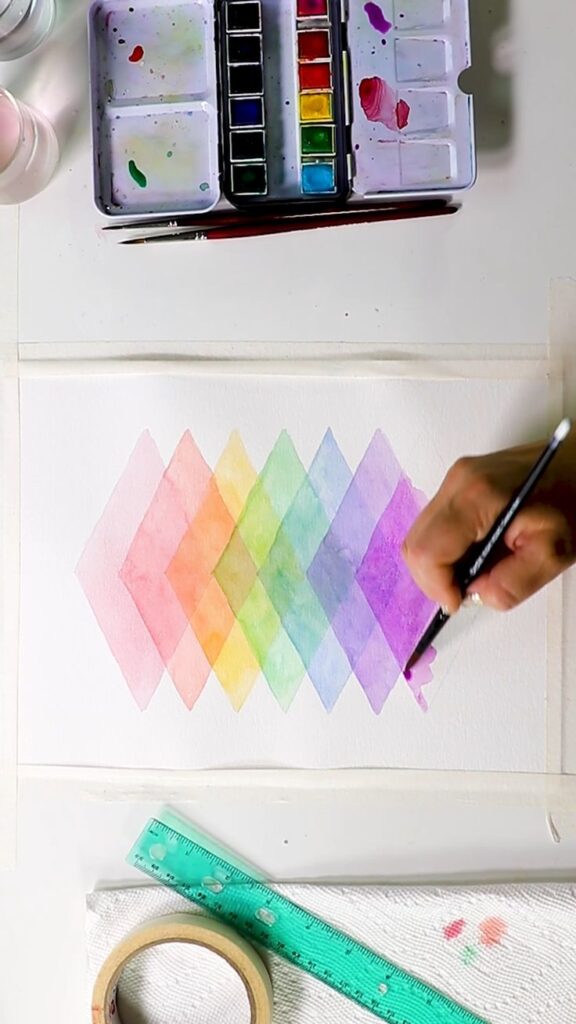
To achieve this technique, mix the paint with water to create a diluted wash and apply it onto the paper surface.
Texturing Technique
The texturing technique involves creating a range of textures and patterns on the paper surface. This technique is great for creating a sense of depth, dimension, and interest in a painting. To achieve this technique, use various tools such as tissue paper, plastic wrap, sponge, or rubber cement to create textured marks on the paper surface.

In conclusion, mastering the fundamental watercolor techniques is essential for every watercolor artist. By understanding and practicing these techniques, artists can create beautiful and unique paintings that showcase their creativity and skill.
Creating Textures and Effects

Watercolor painting is known for its ability to create beautiful textures and effects. By using different techniques, artists can achieve a range of textures from smooth and delicate to rough and bold.
One common technique for creating texture is the dry brush technique. This involves using a brush with minimal water and pigment to create texture and detail. By dragging the dry brush across the paper, an artist can create rough textures and add fine lines and details to their paintings. This technique allows for a sense of realism and can bring subjects to life.
Another technique for creating texture is the wet-on-wet technique. This involves applying wet paint onto a wet surface. By doing this, the colors blend and flow together, creating soft and beautiful transitions. This technique is great for creating backgrounds or for adding depth to a painting.

For those looking to create a more dramatic effect, the splatter and spatter technique can be used. This involves flicking paint onto the paper using a brush or toothbrush. This technique can create a variety of textures, such as fur or a speckled effect.
Artists can also use resist techniques to create unique textures and effects. This involves using materials such as rubber cement or plastic wrap to block off areas of the paper from the paint. When the resist material is removed, the paper underneath will be left with a textured mark.
Finally, sponge painting can be used to create interesting textures. By dabbing a sponge onto the paper, an artist can create a variety of textures, such as a rough stone effect.
Overall, there are many techniques for creating textures and effects in watercolor painting. By experimenting with different techniques and materials, artists can achieve unique and beautiful results.
Mastering Color and Light
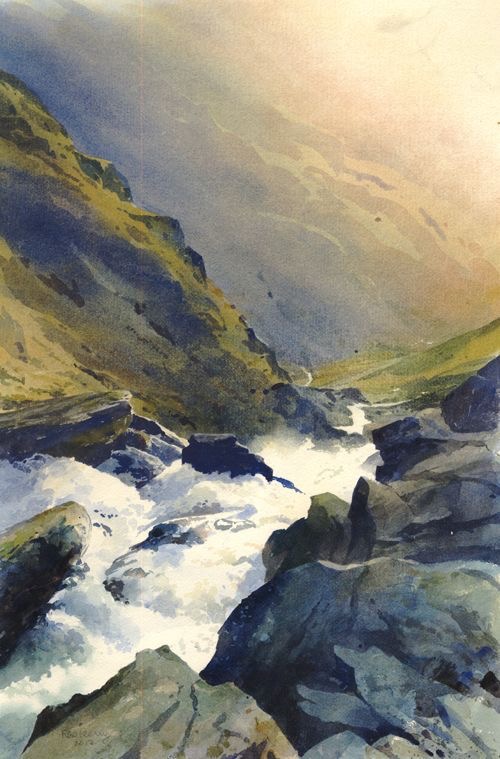
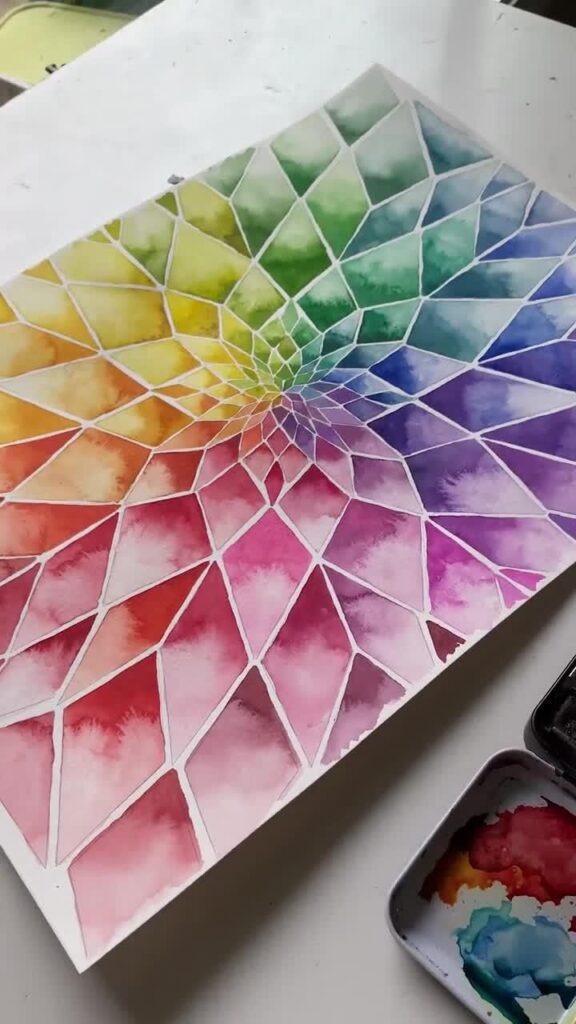
Watercolor painting is all about mastering the use of color and light. The way an artist uses color can make or break a painting. Here are some tips for mastering color and light in watercolor painting:
Gradients
Gradients are a great way to create depth and dimension in a painting. By blending colors from light to dark, an artist can create a sense of space and movement.
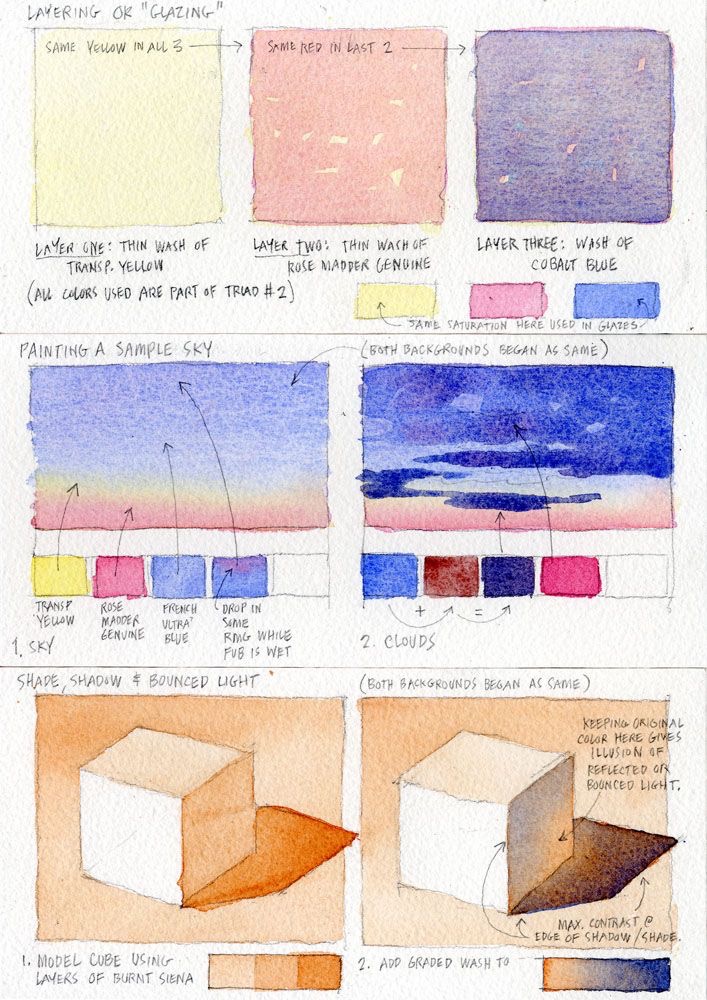
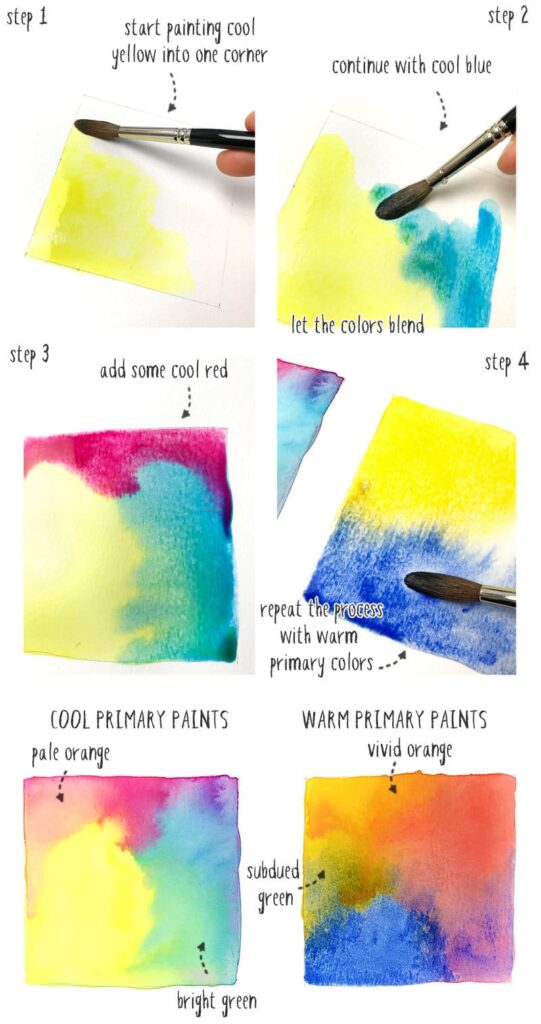
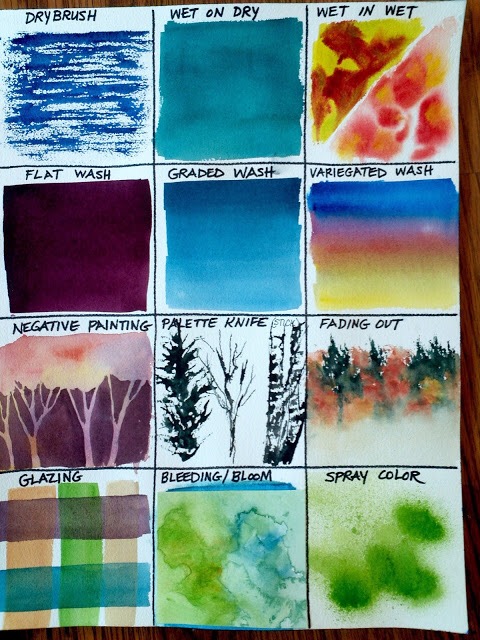
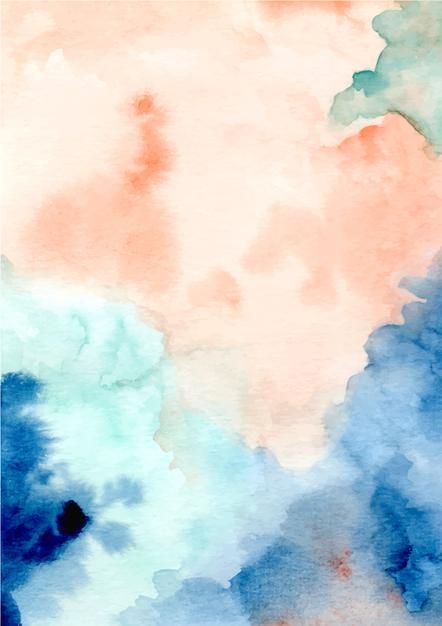
To create a gradient, start with a light color and gradually add darker colors to it. Use a wet-on-wet technique to blend the colors together seamlessly.
Light to Dark


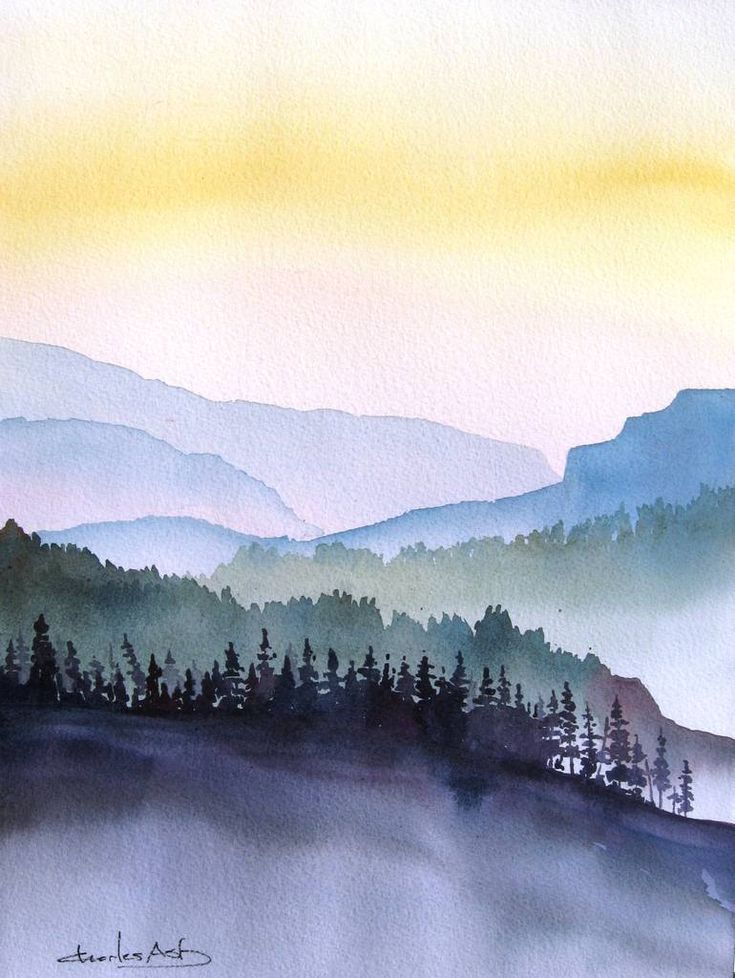
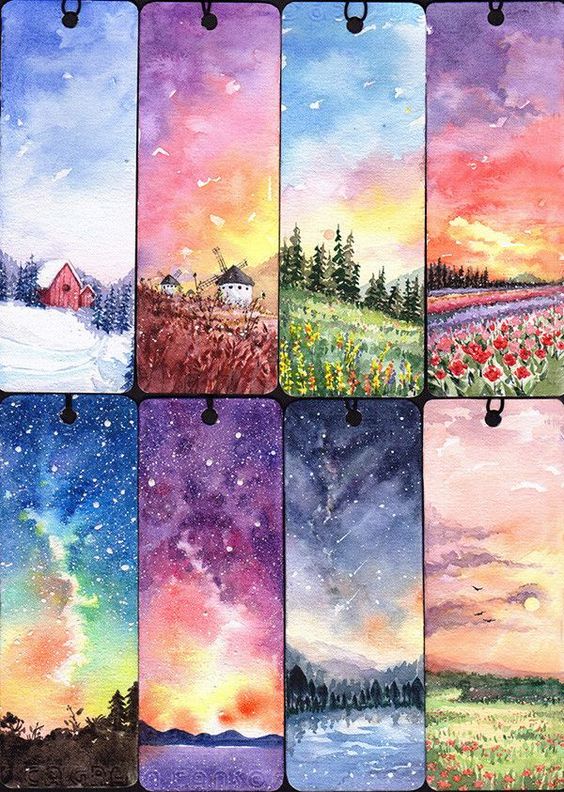
When working with watercolors, it is important to work from light to dark. Start with lighter colors and gradually add darker colors to create shadows and depth. This technique allows an artist to build up the painting in layers, creating a sense of depth and richness.
Graded Wash
A graded wash is a technique used to create a smooth transition from one color to another. To create a graded wash, start with a light color and gradually add darker colors to it. Use a wet-on-wet technique to blend the colors together seamlessly. This technique is great for creating smooth skies or backgrounds.
Color Blending
Color blending is a technique used to create new colors by mixing two or more colors together.
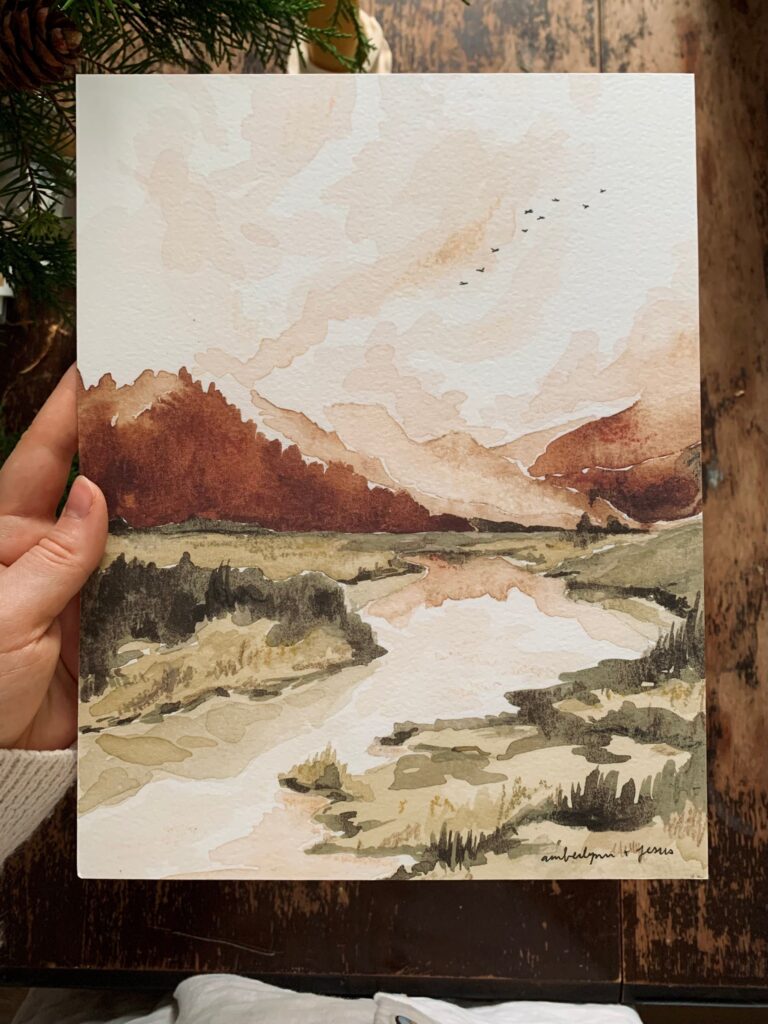
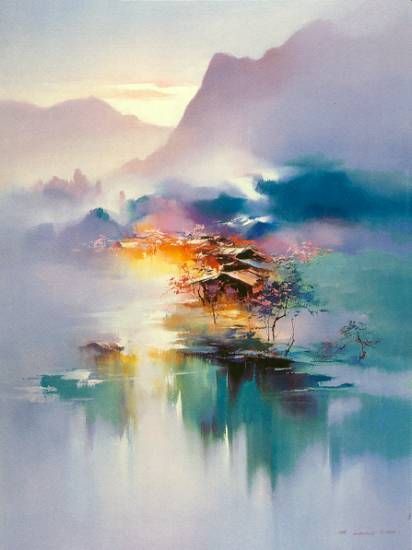
This technique is great for creating depth and richness in a painting. To blend colors, start with a light color and gradually add darker colors to it. Use a wet-on-wet technique to blend the colors together seamlessly.
Transparency
Transparency is a unique quality of watercolors that allows an artist to create a sense of depth and luminosity in a painting.

To create transparency, use a wet-on-wet technique to apply a thin layer of paint. This technique allows the underlying layers of paint to show through, creating a sense of depth and luminosity.
Reflection
Reflection is another technique that can be used to create a sense of depth and movement in a painting.
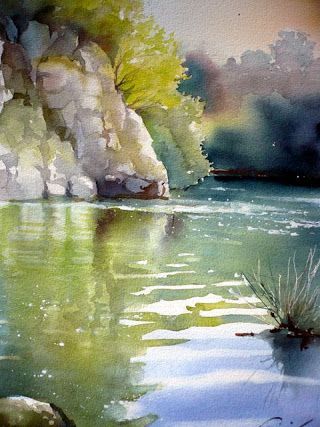
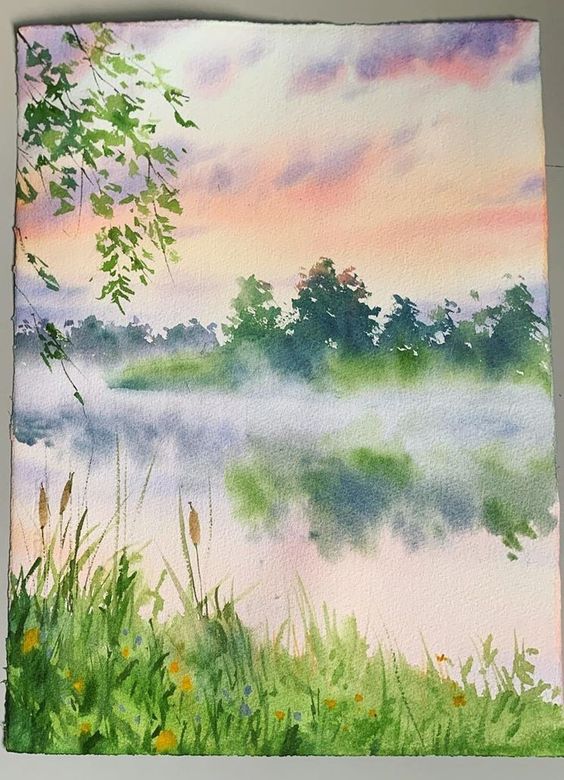
To create reflection, use a wet-on-wet technique to apply a thin layer of paint over a previously painted area. This technique allows the underlying layer to show through, creating a mirror-like effect.
Values and Darkness
Values and darkness are important elements in creating a sense of depth and dimension in a painting. By using darker colors and values, an artist can create shadows and depth.
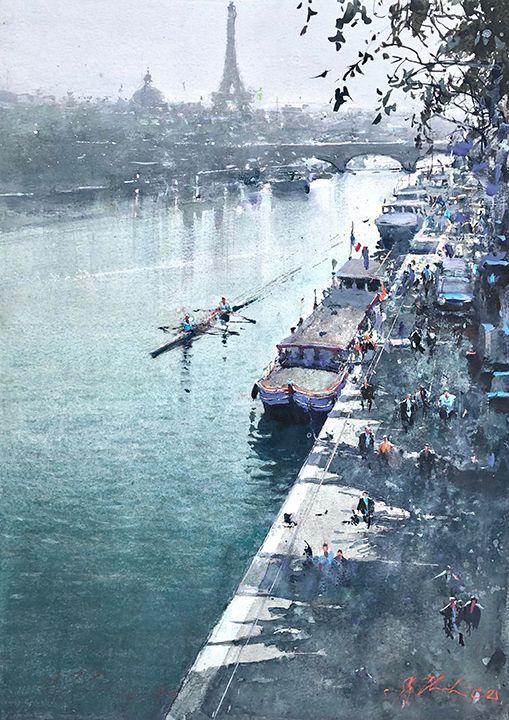

To create darkness, use a wet-on-dry technique to layer darker colors over lighter colors. This technique allows an artist to build up the painting in layers, creating a sense of depth and richness.
Energy and Inspiration
Watercolor painting is all about energy and inspiration. By using color and light in unique and creative ways, an artist can create a sense of energy and movement in a painting.
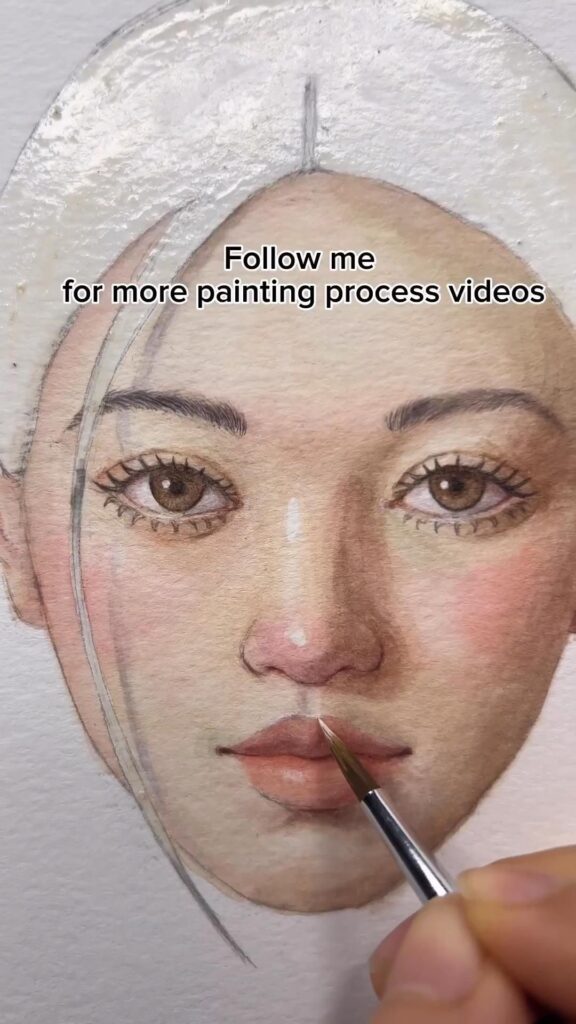
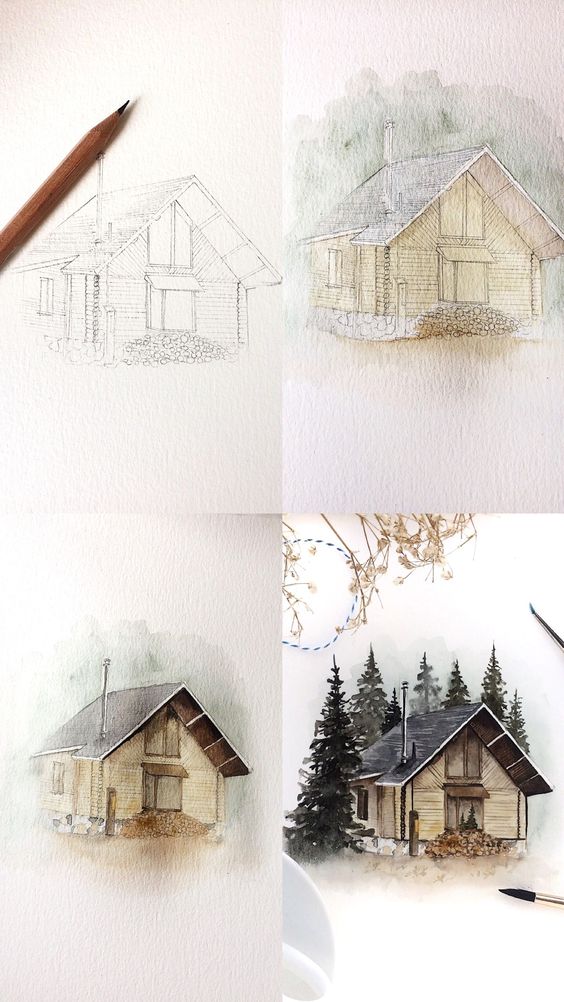
To find inspiration, look to nature and the world around you. Use color and light to capture the beauty and energy of the world around you.
Practicing and Improving Your Skills

Watercolor is a versatile medium that offers numerous possibilities for blending, creating texture, and rendering interesting effects. Whether you are a beginner or an experienced artist, there are always ways to improve your skills and creativity. Here are some tips to help you practice and improve your watercolor techniques:
Start with Basic Techniques
If you are a beginner, it is important to start with the basic watercolor techniques such as flat washes, gradients, spattering, dry brush, wet-on-wet, and wet-on-dry. These techniques will help you understand how to control the water and pigment on your paper, and how to create different effects with your brush strokes.
Experiment with Different Papers and Brushes
Watercolor paper is an essential part of the watercolor painting process. Different papers have different textures and weights, which can affect how the paint behaves on the surface. It is important to experiment with different papers and find the one that suits your style and needs. Similarly, different brushes have different shapes and sizes, which can affect how the paint is applied to the paper. Experiment with different brushes and find the ones that work best for you.
Practice Regularly
Like any other skill, watercolor painting requires practice. Set aside some time each day or week to practice your techniques and experiment with different colors and compositions. You can also practice by copying paintings by other artists, or by painting from photographs or real-life objects.
Learn from Mistakes
Watercolor painting can be unpredictable, and mistakes are bound to happen. Instead of getting frustrated or discouraged, use your mistakes as an opportunity to learn and improve. Analyze what went wrong, and try to avoid making the same mistake in the future.
Attend Workshops and Classes
Attending workshops and classes can be a great way to learn new techniques, get feedback on your work, and connect with other artists. Look for classes or workshops in your area, or consider taking an online course.
Take Care of Your Materials
Watercolor paints, brushes, and paper can be expensive, so it is important to take care of them properly. Store your paints in a cool, dry place, clean your brushes after each use, and store your paper flat to prevent warping.
By practicing and improving your watercolor skills, you can take your painting to the next level and create beautiful, unique works of art.
Conclusion

In conclusion, watercolor painting is a beautiful and versatile form of art that has been popular for centuries. With a wide range of watercolor techniques available, artists can create stunning pieces that showcase their unique style and creativity. Whether you are a beginner or an experienced artist, there are many resources available to help you improve your skills and explore new techniques.
Watercolor paints come in a variety of colors and consistencies, making them a popular choice for artists who want to create vibrant and expressive pieces. With the right techniques, artists can achieve a range of effects, from soft washes to intense color saturation.
When it comes to watercolor techniques, there are many to choose from. Some of the most popular techniques include wet-on-wet painting, dry painting, and using a range of brushes. By experimenting with different techniques, artists can find the ones that work best for them and their style.
In addition to technique, it is important for artists to have the right tools and materials. High-quality watercolor paints, brushes, and paper can make a big difference in the final result of a painting. By investing in good materials and taking the time to learn new techniques, artists can create stunning watercolor pieces that showcase their unique style and creativity.
Whether you are looking to improve your watercolor skills or simply want to explore this beautiful form of art, there are many resources available to help you get started. From online tutorials to local art clubs, there are many opportunities to learn and grow as an artist.
- 5.5Kshares
- Facebook0
- Pinterest5.5K
- Twitter3
- Reddit0


